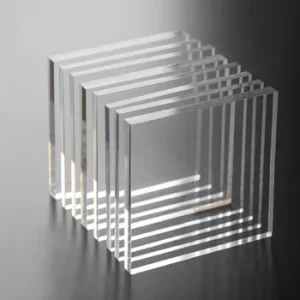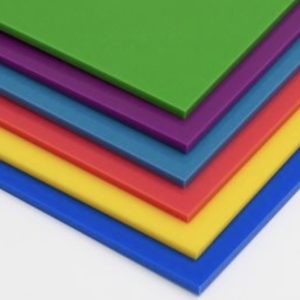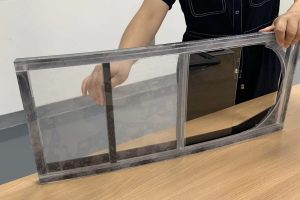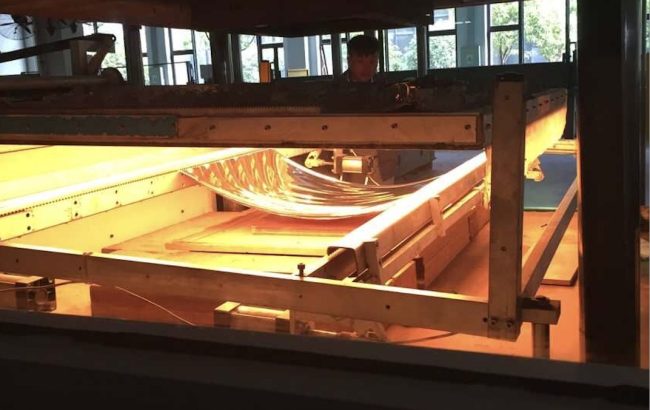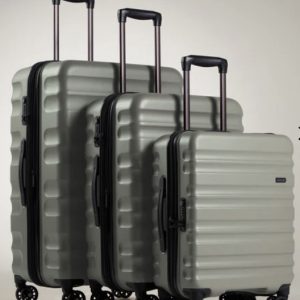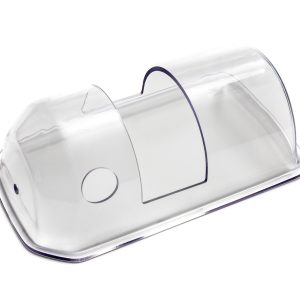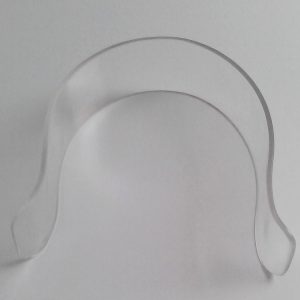People often ask which plastic is best for vacuum forming. Typically, vacuum forming uses thermoplastics, which become flexible at certain temperatures and solidify once cooled. One commonly used material is high-impact polystyrene (HIPS), known for its flexibility and ability to be molded into almost any shape.
Polycarbonate (PC) is another popular choice for vacuum forming. It’s extremely tough and resistant to flames, chemicals, and water, making it ideal for medical equipment and food manufacturing machinery. It’s also easy to mold, trim, and fabricate.
Acrylic (PMMA) is another widely used plastic for vacuum forming and thermoforming due to its versatility and ease of use.


